Optimal Timing for Lawn Replacements
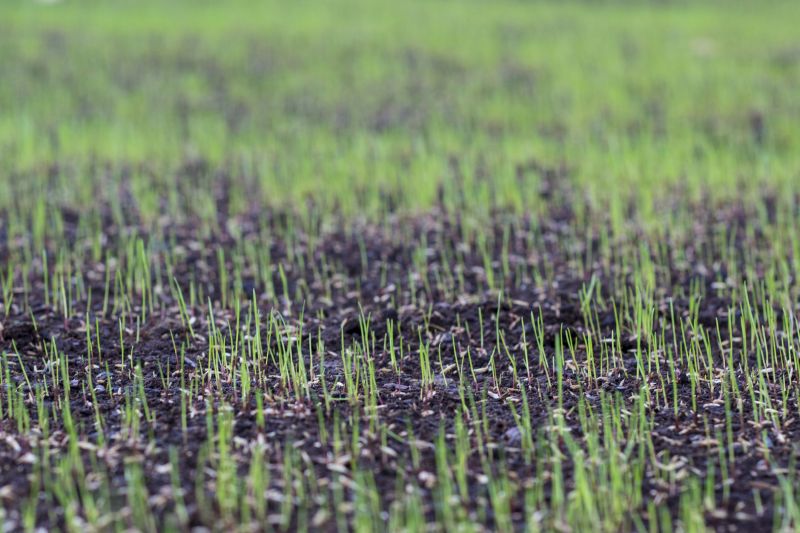
Spring is a popular time for lawn replacements due to favorable growing conditions and moderate temperatures.

Summer may be suitable in cooler regions, but high temperatures can stress new grass installations.
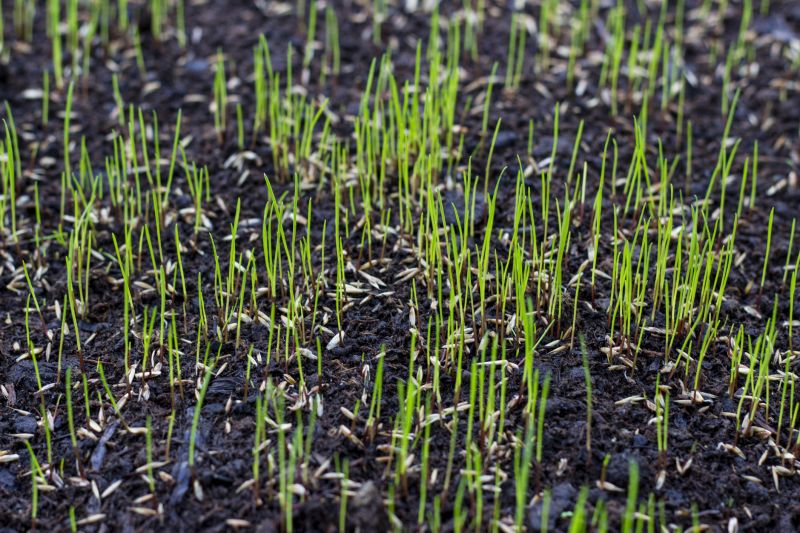
Fall offers cooler weather and increased moisture, making it an ideal time for establishing new lawns.
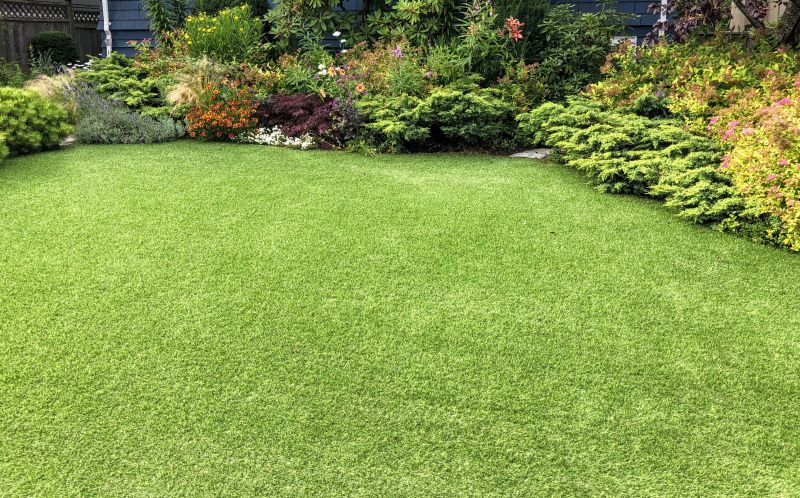
Ways to make Lawn Replacements work in tight or awkward layouts.

Popular materials for Lawn Replacements and why they hold up over time.

Simple add-ons that improve Lawn Replacements without blowing the budget.
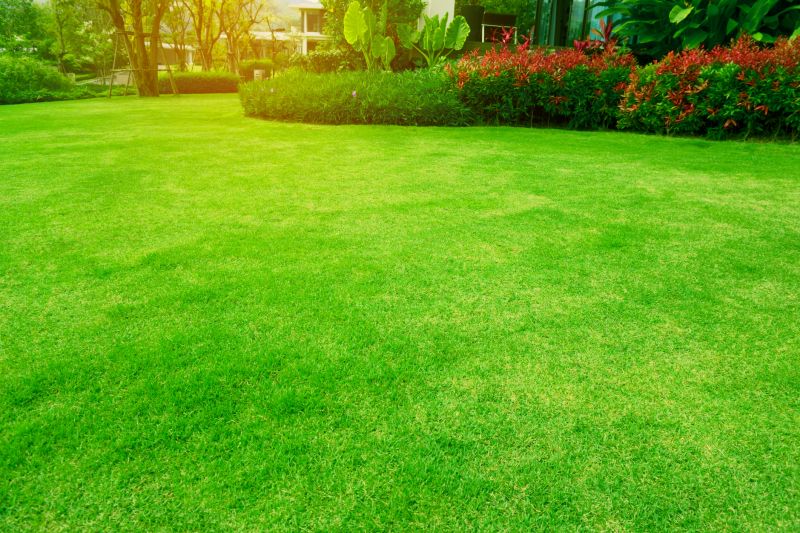
High-end options that actually feel worth it for Lawn Replacements.
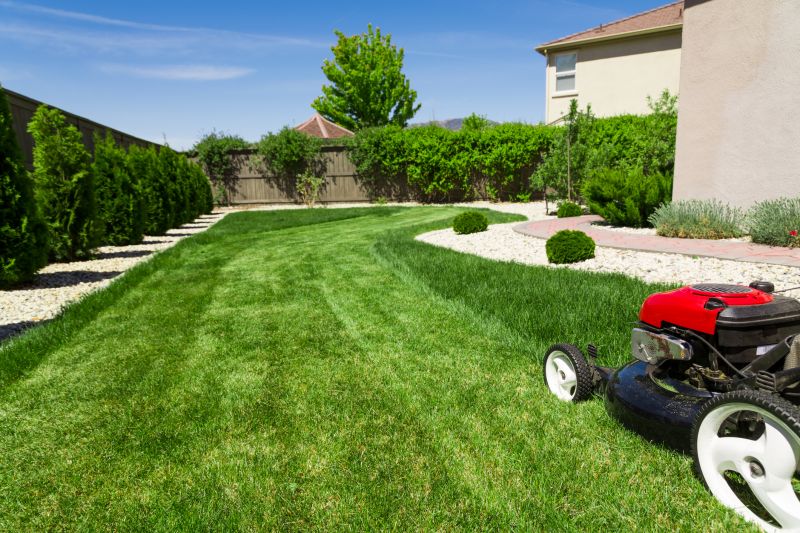
Finishes and colors that play nicely with Lawn Replacements.
Lawn replacements involve removing existing turf and installing new grass to improve the appearance and health of a landscape. The timing of this process significantly influences the success and longevity of the new lawn. Proper timing ensures optimal growth conditions, minimizes stress on the new grass, and enhances root establishment. Typically, the best periods for lawn replacement are during the early spring and fall when temperatures are moderate and soil moisture levels are adequate.
Spring allows new grass to establish before the heat of summer, leading to a healthier, more resilient lawn.
Fall provides cooler temperatures and increased rainfall, promoting strong root development.
Summer replacements risk drought stress and heat damage, which can hinder grass establishment.
Regional climate patterns influence the optimal timing for lawn replacement projects.

Removing old turf and preparing soil for new grass.

Soil testing and amendment improve grass growth conditions.

Choosing appropriate grass varieties for the local climate.
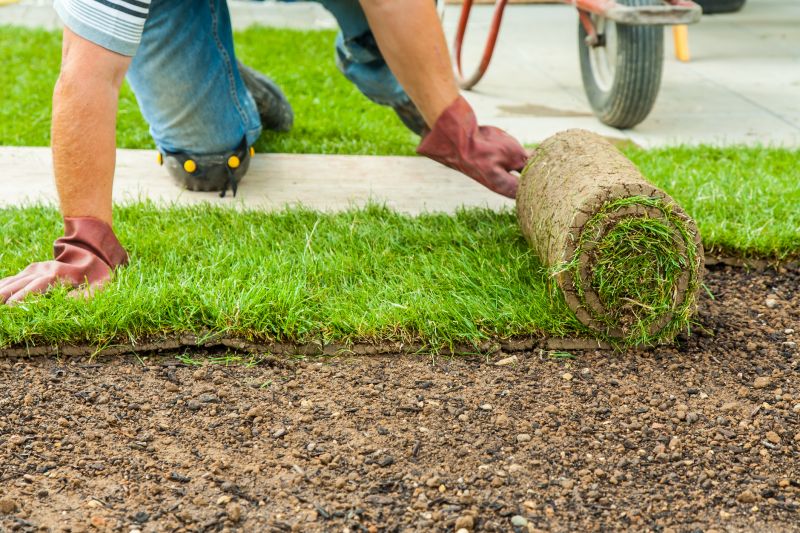
Laying sod or planting seed during optimal conditions.
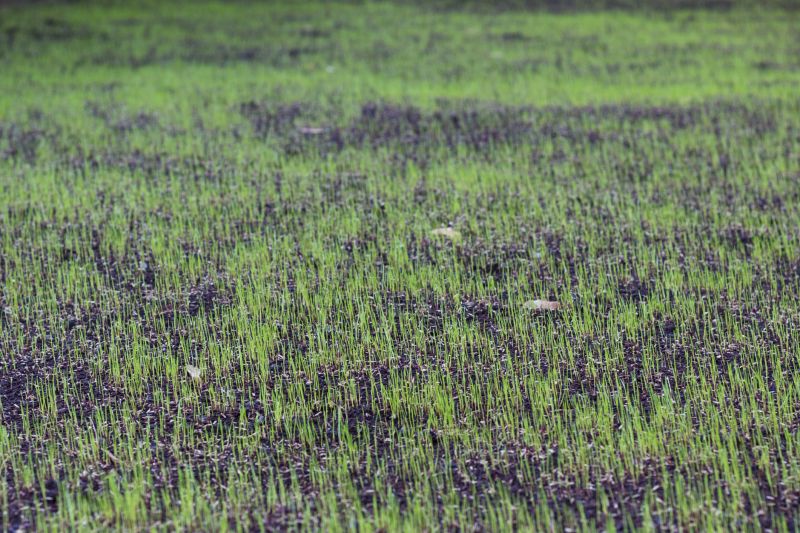
Consistent watering supports root establishment.
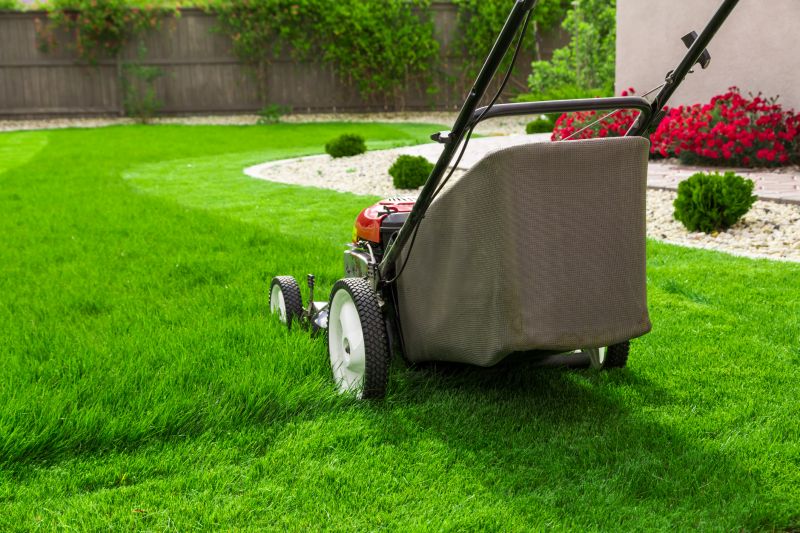
Proper care ensures long-term lawn health.

Adjusting maintenance based on seasonal changes.

Visual overview of the replacement process.
| Season | Ideal Conditions |
|---|---|
| Spring | Moderate temperatures, increased rainfall, soil warming |
| Summer | Limited in hot climates, cool regions only |
| Fall | Cooler weather, high soil moisture, active root growth |
| Winter | Generally not recommended, unless in mild climates |
| Regional Variations | Climate influences optimal timing |

Assessing timing and preparing for the project.
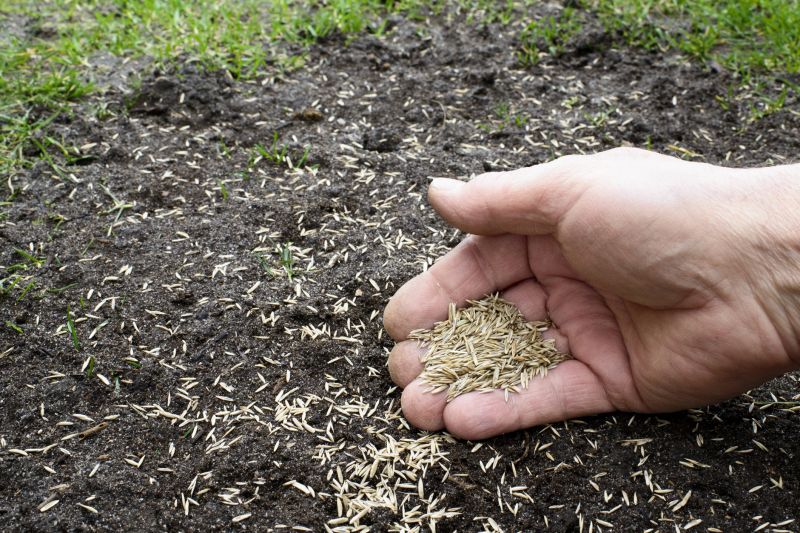
Identifying soil needs before installation.
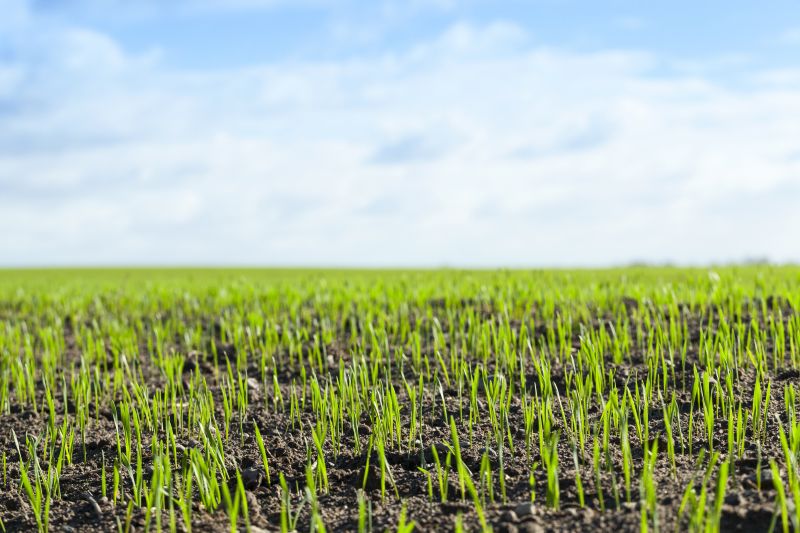
Matching grass types to seasonal conditions.
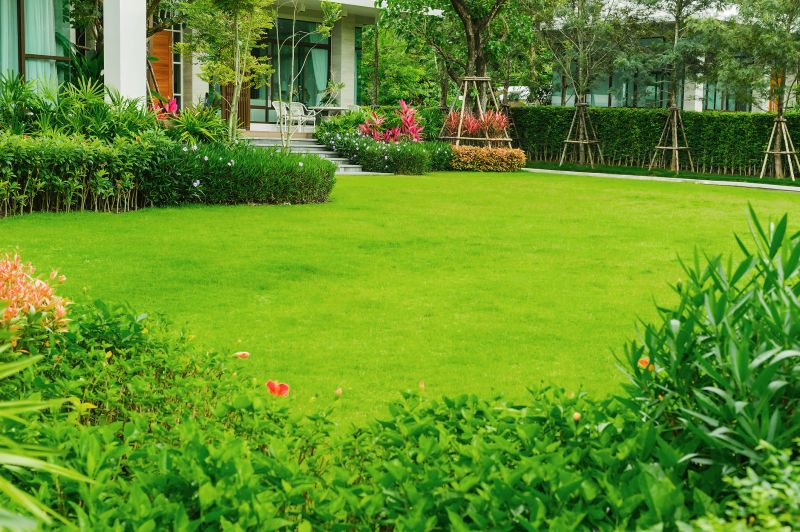
Executing replacement during optimal timing.
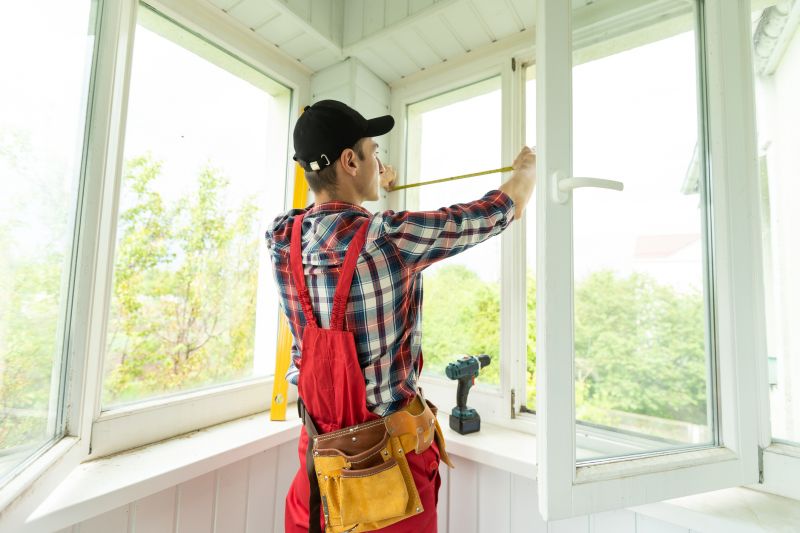
Little measurements that prevent headaches on Lawn Replacements day.

A 60-second routine that keeps Lawn Replacements looking new.
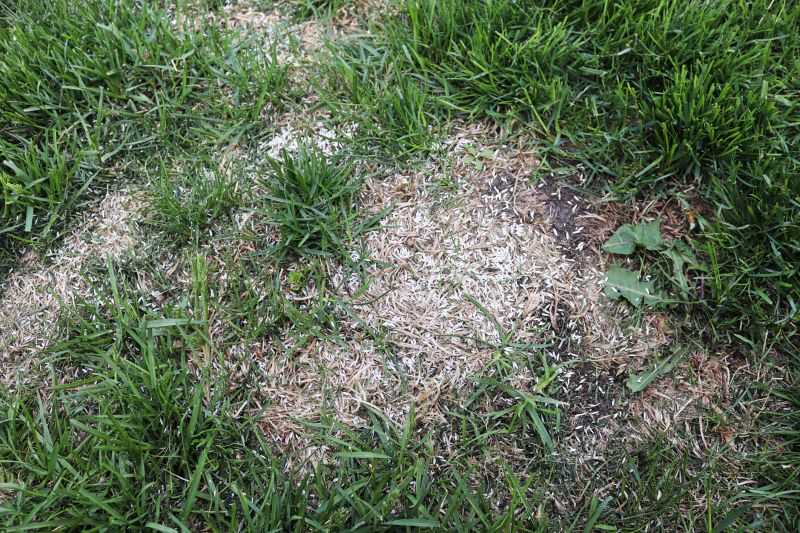
A frequent mistake in Lawn Replacements and how to dodge it.

Small tweaks to make Lawn Replacements safer and easier to use.
Interested in revitalizing a lawn through replacement? Filling out the contact form can provide more information and assistance with scheduling the optimal time for a successful project.
